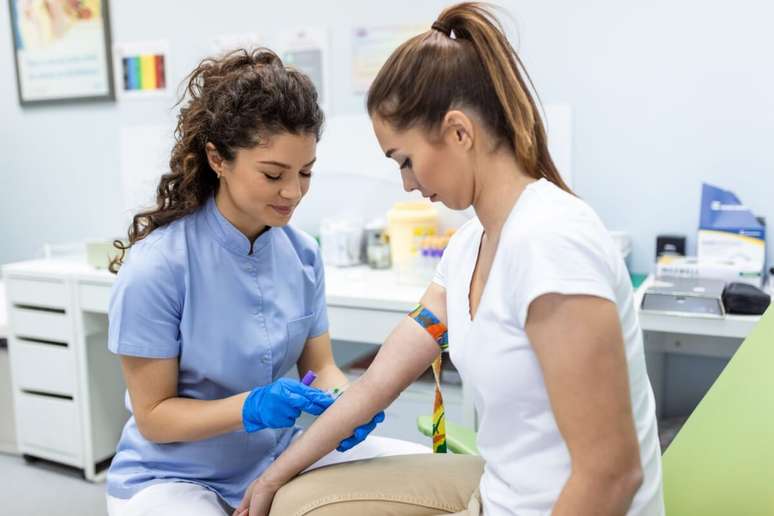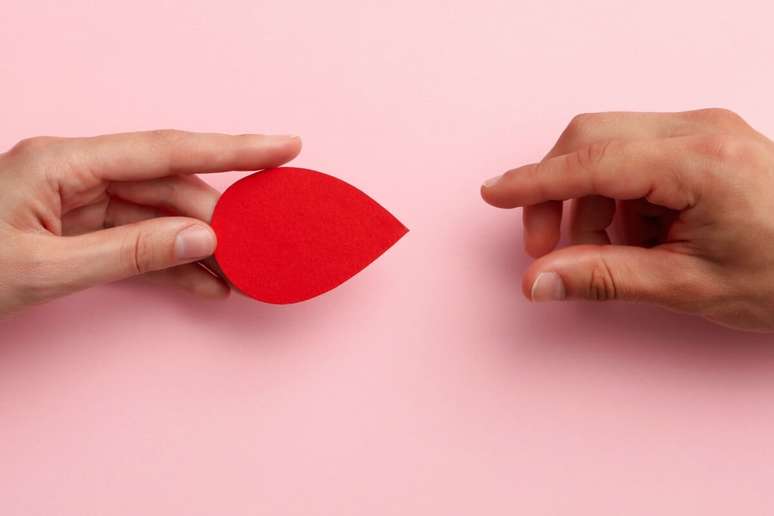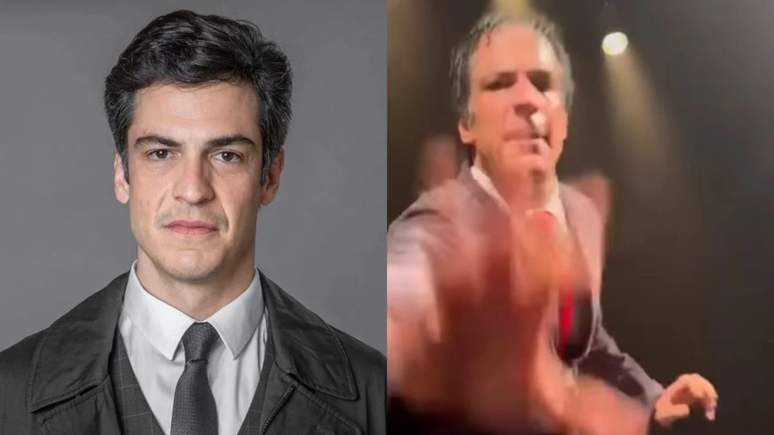The nurse explains how this quick and simple gesture can help save human lives
Donating blood can be more than a simple gesture of solidarity. It is an act of care and compassion. World Blood Donor Day is celebrated on 14 June and, to remember the date, Red June was created, with the aim of encouraging the population to donate blood. Created in 2015 by the Ministry of Health, the campaign aims to increase the stock of blood bags in blood transfusion centers, as reserves are minimal at this time of year.
According to the United Nations (UN), only 1.6% of Brazilians donate blood, with the ideal percentage being between 3% and 5%. This happens partly because many people still have questions about how and where to donate, what the requirements are to be a donor and the main care after the procedure.
From this perspective, Izabelly Miranda, nurse and CEO of Cuidare Brasil, a network of caregivers, clarifies some questions regarding the gesture of solidarity, capable of saving up to four lives with a single donation. Look down!
1. Who can donate blood?
To do the Donation You must be in good health and have no comorbidities. You must be between 16 and 69 years old. The individual’s weight is also taken into consideration, which must be at least 50 kg. Before donation, the patient must be rested and have slept more than 6 hours, as well as being well nourished. If you have undergone surgery or cosmetic surgery, the donor must wait at least six months before donating.
2. Where can I donate?
To collect blood material it is necessary to go to a transfusion center, a space dedicated exclusively to receiving blood donations, bringing with you an original document with photo. Izabelly Miranda explains that it is essential to show up at reliable collection points, where there are sterile and disposable materials, as well as providing all information basics after donation.

3. How does the procedure work?
There are three simple steps. The first phase is registration and clinical screening, in which the donor’s personal data is collected. After submitting documents, he must fill out a questionnaire about his physical condition. The patient is evaluated by a healthcare professional Health, if everything is up to date, they are taken to the collection room, which usually lasts 10 minutes. After the procedure, the donor receives a snack and guidance on post-donation care.
4. What happens to my blood after donation?
After donation, the material is centrifuged and divided into three components: red blood cells, platelets and plasma. Subsequently, the blood undergoes laboratory tests and definition of the blood group. Finally, the bag is released for transfusion and is commonly used in emergencies and surgeries, as well as being used by cancer patients.
To save human lives, a simple gesture of solidarity that goes beyond words and materializes in actions is enough. With a small blood donation you can become someone’s hope in a critical moment, transforming an altruistic attitude into a real possibility of survival.
By Victoria Muzi
Source: Terra
Ben Stock is a lifestyle journalist and author at Gossipify. He writes about topics such as health, wellness, travel, food and home decor. He provides practical advice and inspiration to improve well-being, keeps readers up to date with latest lifestyle news and trends, known for his engaging writing style, in-depth analysis and unique perspectives.




![Un Si Grand Soleil preview: Thursday 16 October 2025 episode recap [SPOILERS] Un Si Grand Soleil preview: Thursday 16 October 2025 episode recap [SPOILERS]](https://fr.web.img6.acsta.net/img/23/e8/23e803cee5b560481303033f6e86fd7e.jpg)



